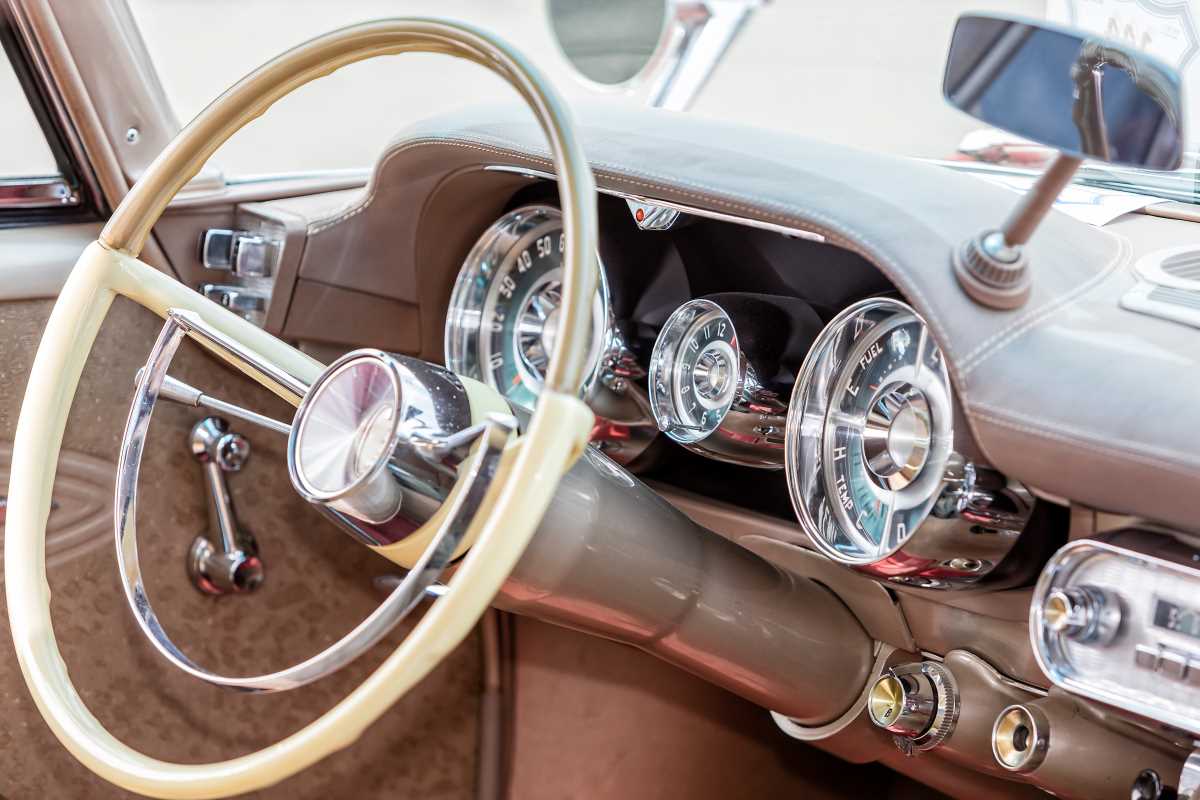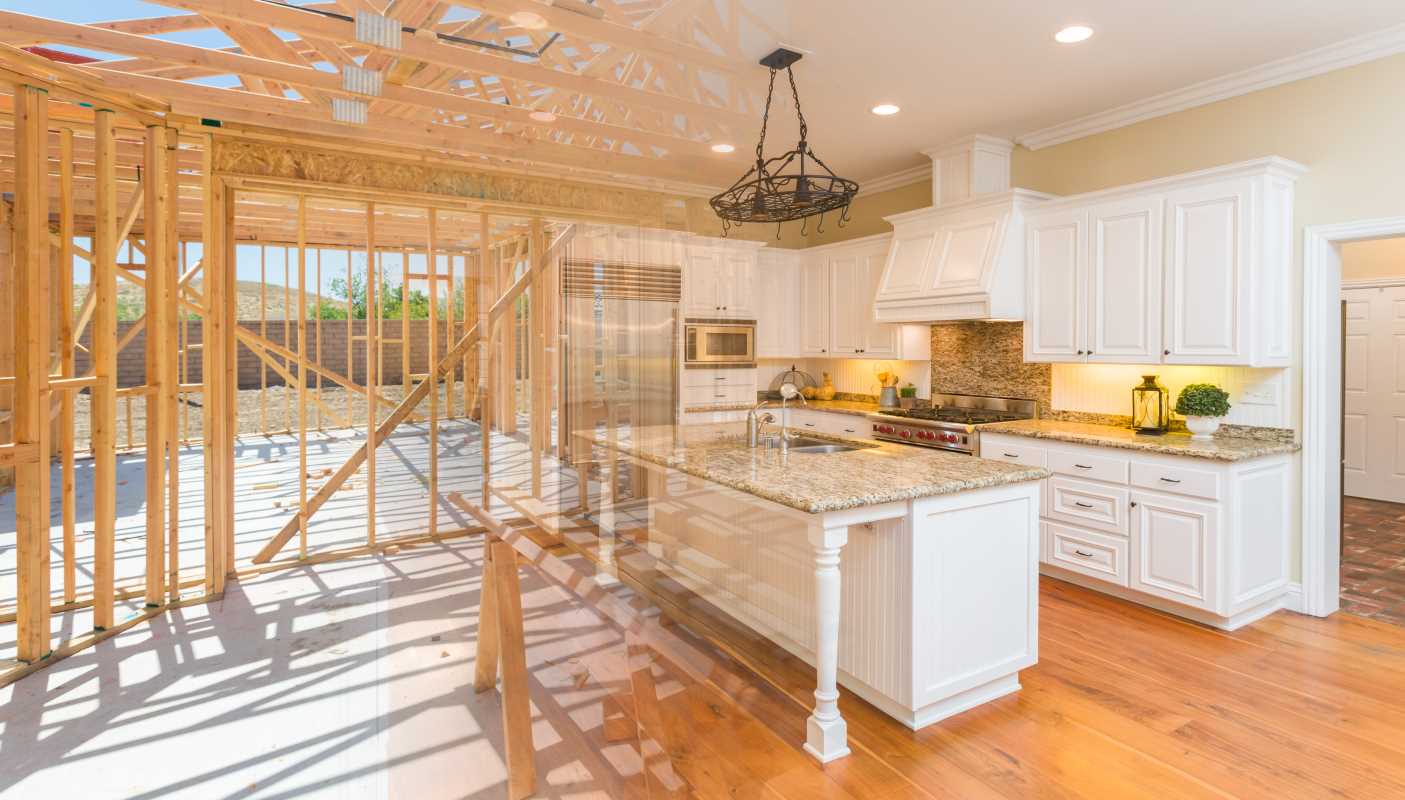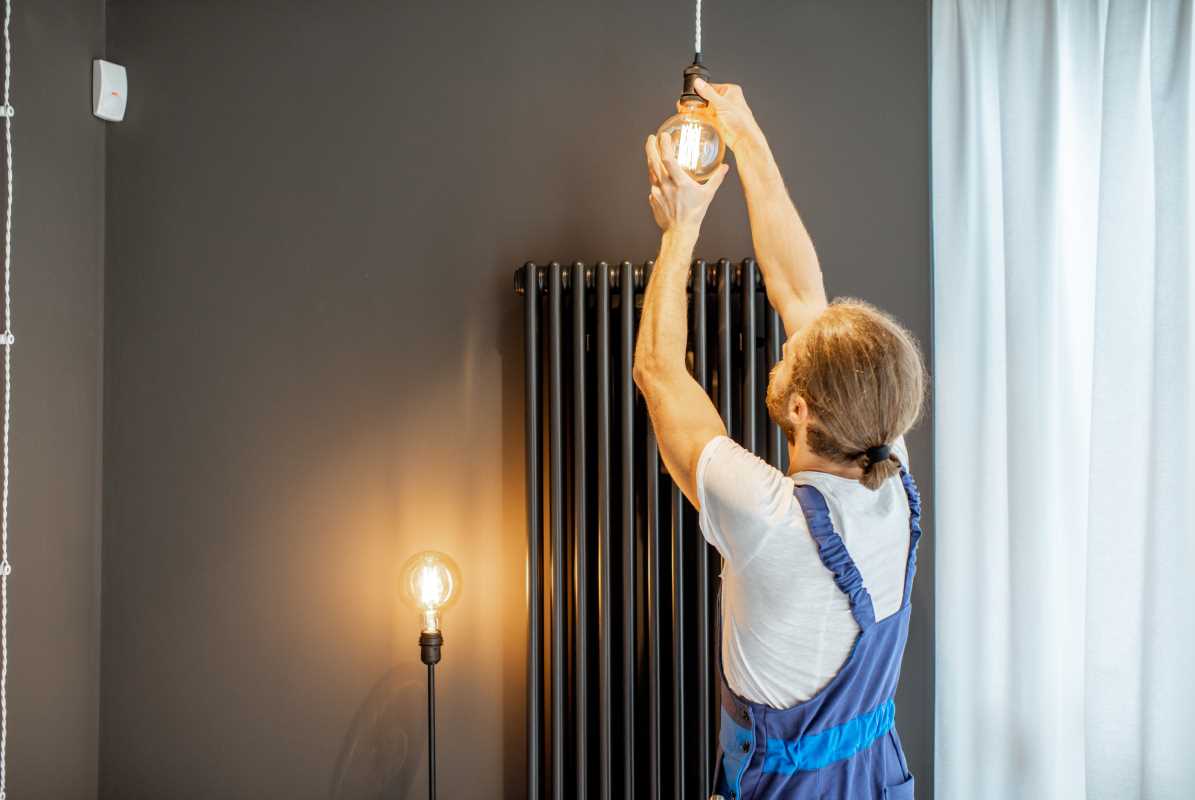There’s something undeniably magical about classic cars. They’re rolling pieces of history, each with its own story to tell—from the hum of their engines to the curves of their iconic designs. Maybe you’ve had your eye on that vintage Mustang you dreamed about as a teenager, or perhaps it’s an old VW Beetle parked in someone’s driveway, calling out for a second shot at life. For many middle-aged folks, restoring a classic car isn’t just about fixing up an old vehicle; it’s a chance to revisit the past and reconnect with a simpler, more nostalgic time. But bringing these beauties back to life can feel like a daunting (and expensive) dream.
The truth is, while restoring a classic car on a tight budget takes patience and resourcefulness, it doesn’t have to drain your retirement fund or become a never-ending money pit. With some smart planning and a little creativity, you can roll up your sleeves, rev up your enthusiasm, and tackle the project without derailing your finances.
Picking the Right Car
The restoration process begins long before you pick up a wrench. Choosing the right car is one of the most important decisions you’ll make, and it can have a big impact on your budget. Some makes and models are known for their abundance of affordable replacement parts and thriving enthusiast communities. Ford Mustangs, Chevrolet Camaros, and Volkswagen Beetles are great examples of cars with wide parts availability and lower restoration costs.
On the flip side, rare or exotic cars might tempt you with their jaw-dropping looks but could leave you struggling to track down parts or paying exorbitant prices for specialty components. Striking a balance between your dream car and something manageable is key. If you’re flexible, aim for a project that’s more “diamond-in-the-rough” rather than “complete trainwreck.” Cars with relatively intact bodies and minimal rust will save you thousands in repairs—not to mention a lot of headaches.
Starting With a Plan
Once you’ve found your project car, resist the urge to immediately start tearing things apart. A solid restoration plan will keep you organized and curb those “I didn’t realize this would cost so much” moments. Break the project into manageable phases, focusing first on areas that will get the car running and reliable. Classic cars often need TLC in the engine, brakes, and electrical systems before they’re ready to hit the road.
Take stock of what you can tackle yourself versus what might need professional help. If you’re handy with mechanical work or enjoy a good YouTube tutorial binge, you might be able to take on simpler tasks, like cleaning fuel lines or swapping out old spark plugs. For trickier jobs, like bodywork or extensive engine overhauls, consider working with a trusted expert. Shop around for competitive quotes, and don’t be afraid to ask if a mechanic offers discounted rates for “labor-only” work while you provide the parts.
Hunting for Affordable Parts
The sheer volume of parts required for a full restoration can be overwhelming, but there are plenty of ways to save money without sacrificing quality. Salvage yards, online marketplaces, and enthusiast forums can be your best friends when searching for everything from door handles to carburetors. Websites like eBay Motors and Facebook Marketplace often have great deals on gently used or even new-old-stock parts at a fraction of retail prices.
Another cost-cutting trick is to look into reproduction parts. Many companies manufacture high-quality replicas of original parts, which can be far cheaper than hunting down the real deal. Just be sure to do a little research and check reviews to ensure the part fits well and holds up over time.
For those with a bit of time to spare, swap meets and car shows are fantastic places to snag deals on parts while connecting with other classic car enthusiasts. You might even stumble upon someone looking to part with a project car full of spare pieces—a goldmine for your restoration efforts.
Taking Your Time
Perhaps the most crucial piece of advice for restoring a classic car on a budget is this: Be patient. Restorations don’t usually happen overnight, especially when you’re mindful of costs. It’s easy to get sucked into the excitement and want everything done yesterday, but rushing often leads to overspending or settling on parts and materials that aren’t quite right. Spreading the work out not only eases the strain on your wallet but also gives you the time to really savor the process. After all, this is about more than just finishing a project; it’s about bringing a piece of history back to life.
Restoring a classic car might be a long road, but for those who take on the challenge, the payoff is worth it. There’s nothing quite like cruising down the road in a vehicle you’ve lovingly brought back to its former glory. With a little careful planning, some resourcefulness, and a good dose of elbow grease, you can make your dream car a reality without breaking the bank







